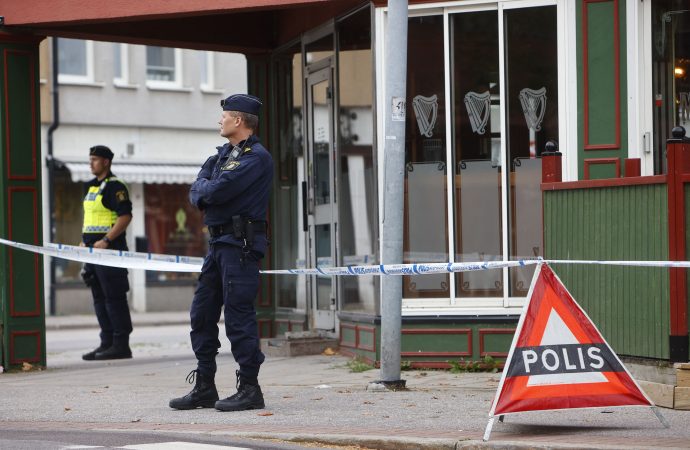Introduction In a stark warning, Sweden’s central bank chief raises concerns about the detrimental impact of gang crime on the country’s long-term economic growth. This article delves into the intricacies of the issue, explores potential consequences for Sweden’s economic landscape, and examines the measures being considered to address this pressing challenge. Assessing the Threat of
Introduction
In a stark warning, Sweden’s central bank chief raises concerns about the detrimental impact of gang crime on the country’s long-term economic growth. This article delves into the intricacies of the issue, explores potential consequences for Sweden’s economic landscape, and examines the measures being considered to address this pressing challenge.
Assessing the Threat of Gang Crime
1. Extent of the Issue:
- Examine the central bank chief’s assessment of the prevalence and severity of gang crime in Sweden, providing context to the warning issued.
2. Economic Implications:
- Analyze how gang crime poses a risk to Sweden’s long-term economic growth, considering factors such as public safety, investment climate, and the potential impact on businesses.
3. Social and Cultural Factors:
- Explore the social and cultural dimensions contributing to the rise of gang crime, understanding how these factors intersect with economic challenges.

Image by: https://assets. bwbx. io
Potential Consequences for Sweden’s Economic Landscape
1. Investment and Business Climate:
- Assess the potential consequences of gang crime on Sweden’s investment and business climate, including the impact on foreign direct investment and domestic entrepreneurial activity.
2. Labor Market Dynamics:
- Analyze how the rise in gang-related activities may affect the country’s labor market, including employment rates, worker productivity, and overall workforce dynamics.
3. Tourism and International Perception:
- Explore the potential implications for Sweden’s tourism industry and its international reputation, considering how perceptions of safety influence travel decisions.
Measures Under Consideration
1. Law Enforcement Strategies:
- Examine the efforts of law enforcement agencies to address gang crime, including strategies for prevention, intervention, and dismantling criminal networks.
2. Social Programs and Rehabilitation:
- Explore initiatives aimed at addressing the root causes of gang involvement, focusing on social programs, education, and rehabilitation to steer individuals away from criminal activities.
3. Community Engagement:
- Assess the role of community engagement in combating gang crime, highlighting partnerships between government entities, NGOs, and local communities.
Comparative Analysis: Crime and Economic Growth in Other Nations
| Country | Central Bank Warning | Addressing Crime-Related Growth Risks | Long-Term Impact on Economic Landscape |
|---|---|---|---|
| Sweden | Gang crime threat to long-term growth | Law enforcement, social programs, community engagement | Potential shifts in investment climate, labor market dynamics |
| Mexico | Drug cartel violence impacting economy | Security measures, anti-corruption efforts, community outreach | Tourism challenges, economic fluctuations |
| South Africa | High crime rates affecting development | Policing strategies, social intervention programs | Investment climate concerns, social inequality |
Conclusion
As Sweden grapples with the intersection of gang crime and long-term economic growth, the central bank’s warning signals a need for comprehensive strategies. Stay tuned for ongoing coverage as we track the country’s response to this challenge, assess the effectiveness of implemented measures, and analyze the evolving landscape of crime and economic development in Sweden.

















Leave a Comment
Your email address will not be published. Required fields are marked with *